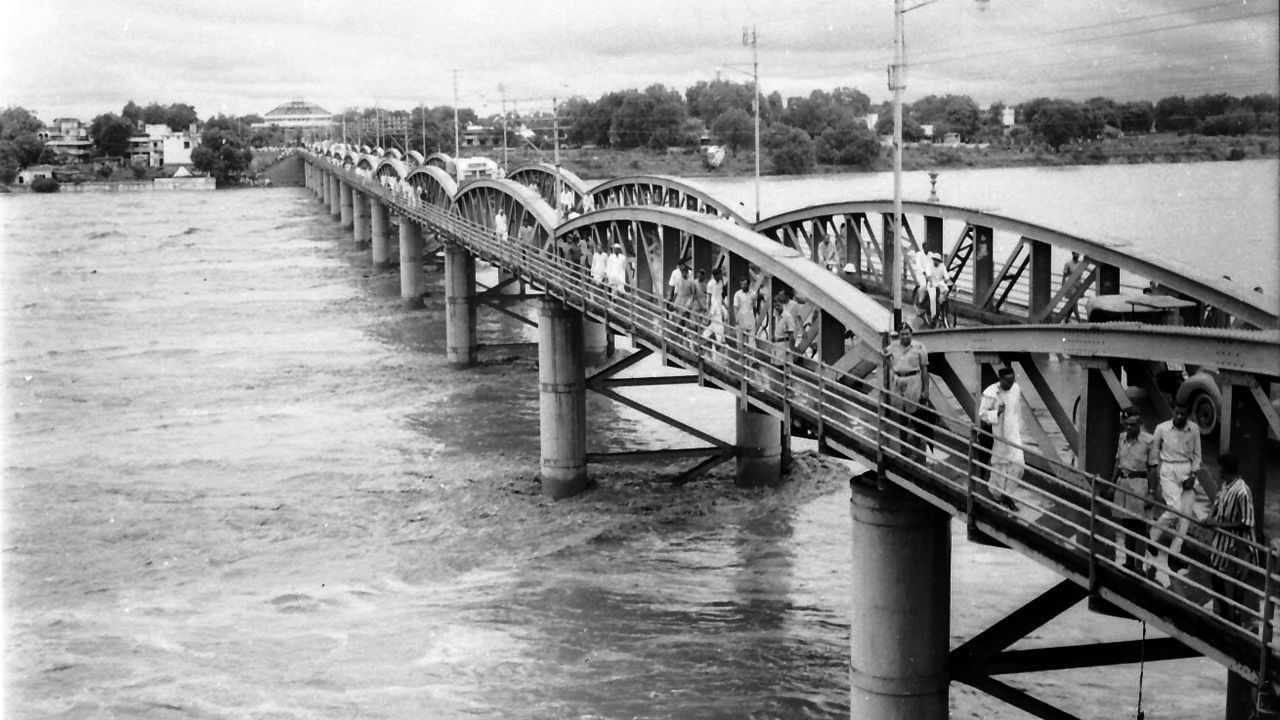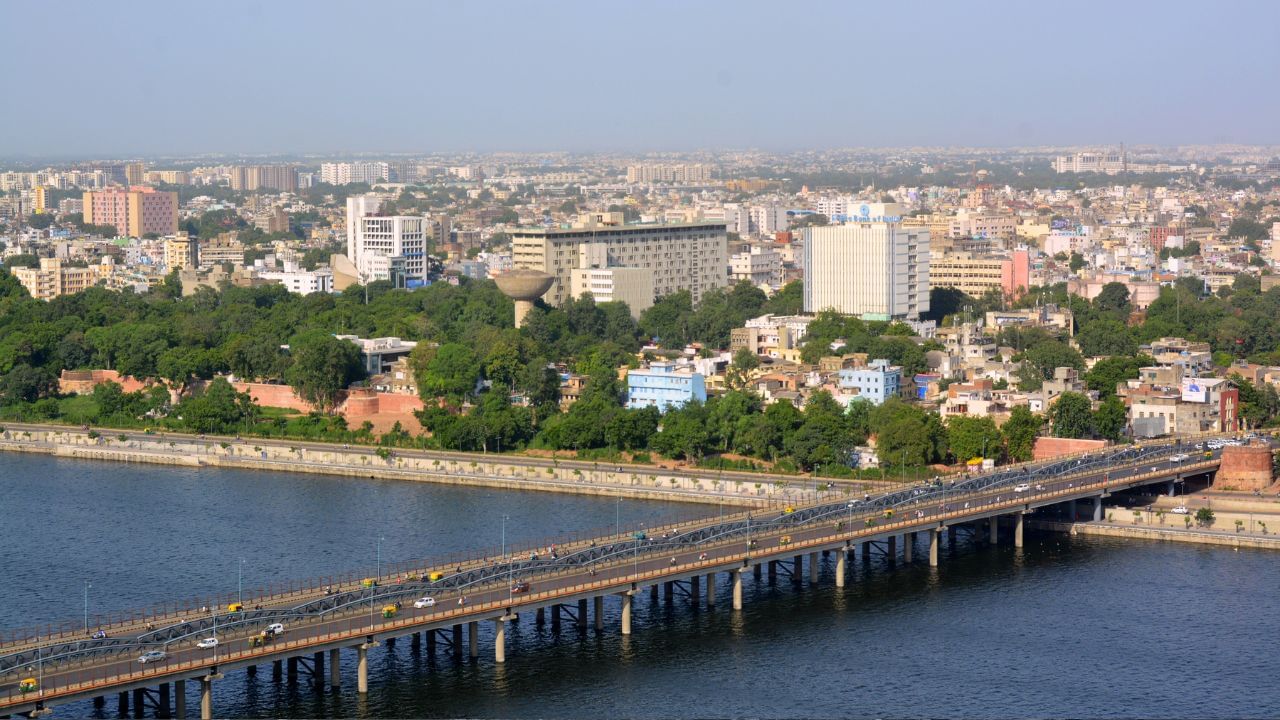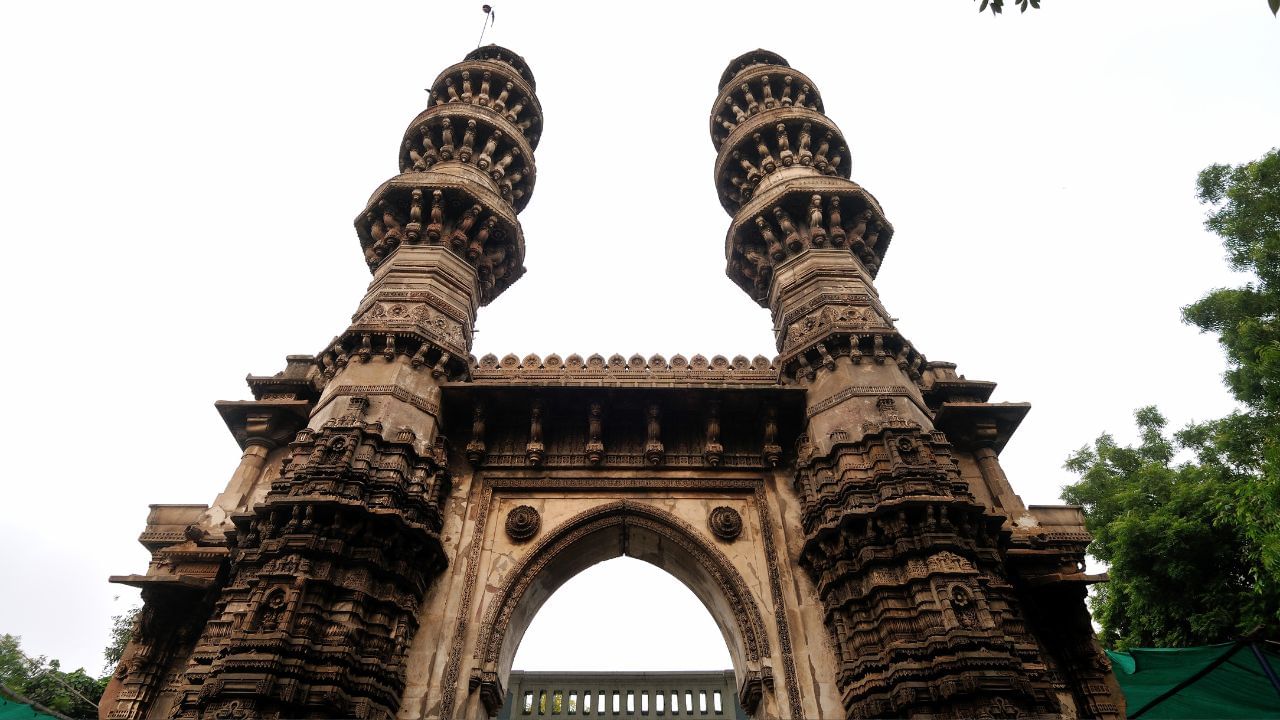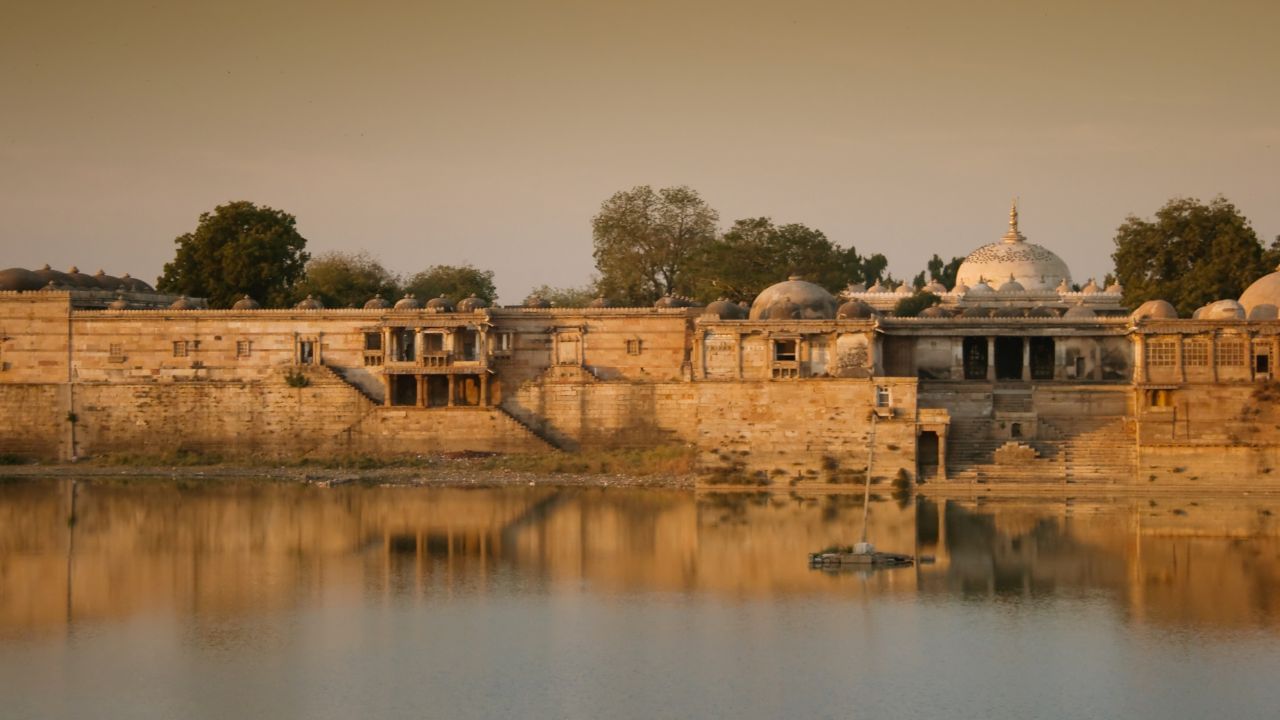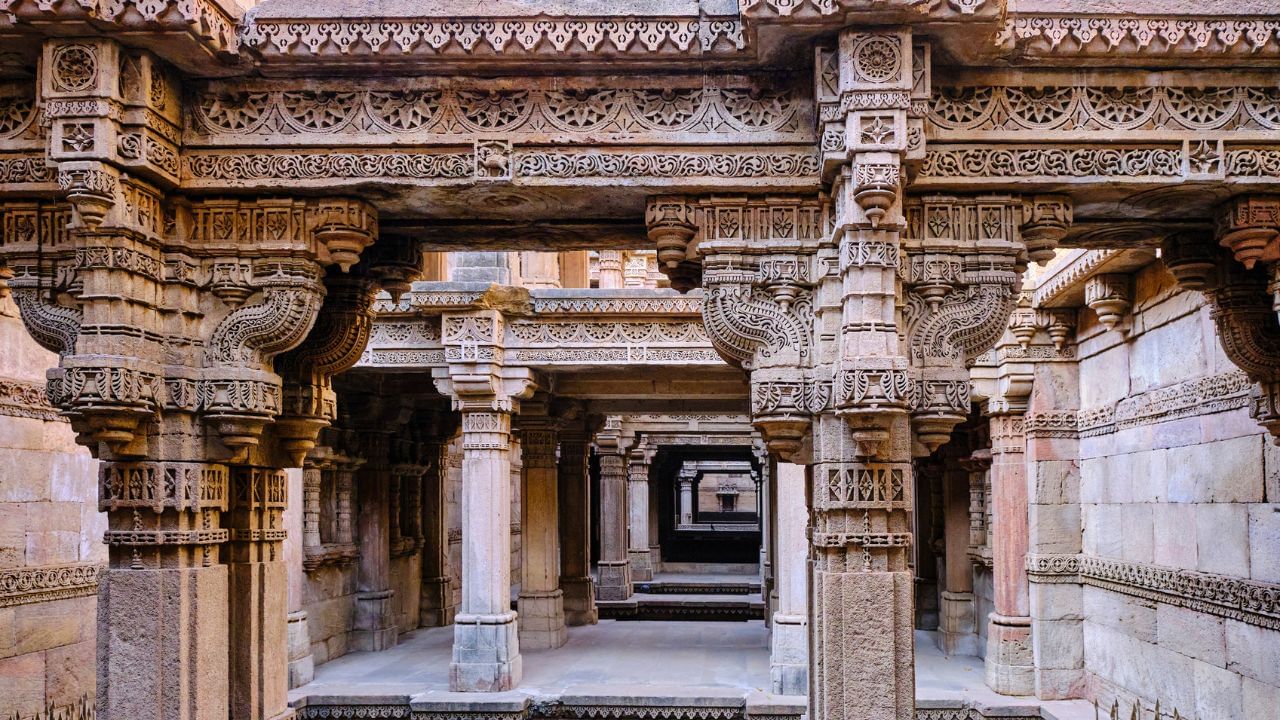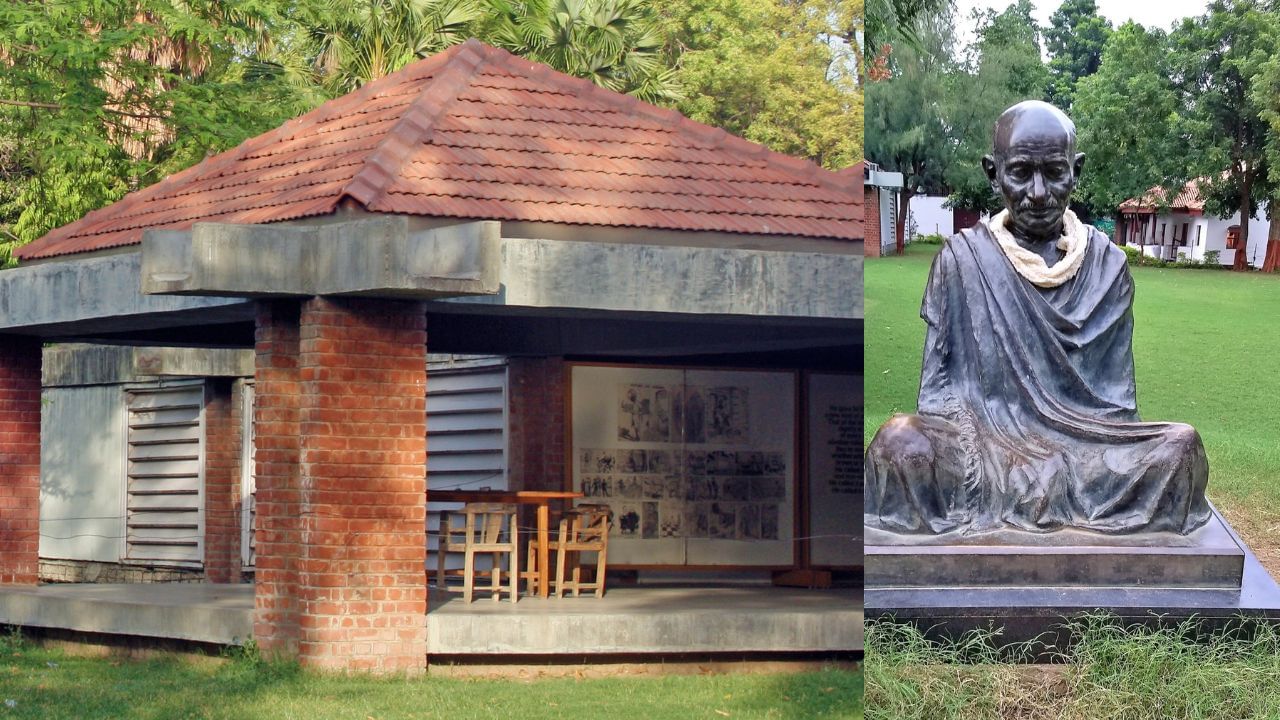The history of Ahmedabad began with the first in the 11th century, Solanki King Karnadev, the ruler of Anahilwad (modern Patan), who battle against Bhil Raja Ashapal or Ashapal and established the city of Karnavati on the shores of Sabarmati after his victory. Then in the 13th century, when Gujarat came under the control of the Vaghela dynasty of Dwarka, the Delhi Sultanate conquered Gujarat and combined it. (Credits: Getty Images)
Ahmedabad city was founded on February 26, 1411 and on March 4, 1411, the capital was declared by Ahmed Shah of the Gujarat Sultanate. The city developed when the capital was shifted to Champaner under the rule of the Sultanate. (Credits: Getty Images)
BC In 1411, the army of Delhi's emperor Ala -ud -din Khilji won on Patan and the Muzaffarid dynasty was established in Gujarat (Credits: Getty Images)
According to a popular legend, an extraordinary scene emerged before the eyes of Sultan Ahmed Shah, a small rabbit chasing a dog with fearlessness, which he found him symbolized. Considering it a good sign, he decided to set up a city here. He sought advice from his spiritual adviser. The consultant considered it a miraculous sign of the uniqueness of this land and suggested making the capital here. Thus Ahmedabad was established. (Credits: Getty Images)
Archaeological evidence suggests that the area around Ahmedabad has been inhabited for the 11th century and was known as Ashawalli or Ashawal, while Solanki king Karandev of Anahilwad declared a war against King Bhil Bhil and after the story of Karnavati started the chakra. : Getty images)
At the beginning of the 15th century, the Muslim Muzaffarid dynasty established an independent sultanate here and in AD. In 1411, Sultan Ahmed Shah renamed the city to Ahmedabad and declared it his capital, which He was the capital of the sultanate until 1573. The city was built on the banks of the Sabarmati river, which is known for its developing planning and architecture. (Credits: Getty Images)
When Gujarat was occupied by Mughal Emperor Akbar in 1573, Ahmedabad became the main center of trade and the textile industry also started. At that time the clothes here were exported to Europe. Then there was a drought in 1630 and then in 1753 Maratha general Raghunath Rao and Damji Gaikwad occupied the city, which ended the Mughal rule in Ahmedabad. (Credits: Getty Images)
This came after 1818, when the rule of the East India Company began and then in 1824 it was established as a military camp. Soon the day came in 1864, when the railway connection between Ahmedabad and Bombay (now known as Mumbai) was established, followed by the development of Ahmedabad at a rapid pace. Then in 1915, when Mahatma Gandhi returned from South Africa, he established a monastery on the banks of Sabarmati, which became known as Sabarmati Ashram. (Credits: Paras Shah Photography/Moment Open/Getty Images)
Ahmedabad city is the largest in the state of Gujarat and the fifth city in India. The specialty of the city of Ahmedabad on the banks of the Sabarmati river is also special. Click here to read such a story in Ahmedabad ..
























